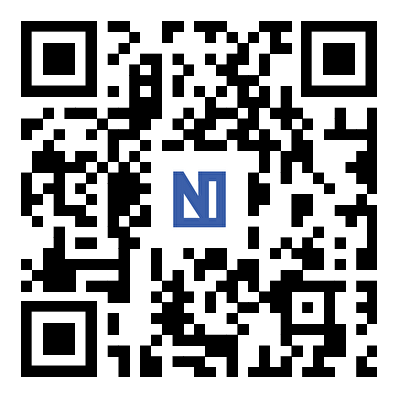A Comprehensive Guide to Stringing Blocks in Power Transmission
2024-08-30
Introduction
In the world of power transmission, stringing blocks play a pivotal role. These essential tools are used during the installation of power lines, helping to guide and support conductors as they are strung across poles and towers. Understanding the types, functions, and proper usage of stringing blocks is crucial for ensuring the efficiency and safety of power transmission projects. In this blog, we’ll dive into the basics of stringing blocks, explore their various types, and discuss best practices for using them effectively.

What are Stringing Blocks?
Stringing blocks, also known as conductor pulleys or sheaves, are devices used to guide and support electrical conductors during the installation of overhead power lines. They are mounted on poles, towers, or other support structures and allow conductors to be pulled or released smoothly, minimizing friction and preventing damage to the cables. Stringing blocks are crucial in maintaining the integrity of the conductor and ensuring that it is laid out correctly.
Types of Stringing Blocks
There are several types of stringing blocks, each designed to meet specific requirements of power transmission projects. Here are some of the most common types:
1. Single Sheave Stringing Blocks
- Description: These are the most basic type of stringing blocks, featuring a single pulley or sheave. They are used for straightforward applications where only one conductor needs to be pulled at a time.
- Use: Ideal for small-scale projects or when working with single conductors.
2. Double and Triple Sheave Stringing Blocks
- Description: These blocks have two or three sheaves, respectively, allowing for multiple conductors to be pulled simultaneously. This makes them suitable for more complex installations.
- Use: Used in projects where multiple conductors need to be installed in parallel, such as in three-phase power transmission systems.
3. Pilot Stringing Blocks
- Description: These are smaller, lightweight blocks used for guiding a pilot line or pulling line, which is then used to pull the actual conductor.
- Use: Often employed in initial stages of conductor installation to establish the primary path for the main stringing blocks.
4. Quadrant Stringing Blocks
- Description: These blocks feature a quadrant or curved shape, designed to handle sharp turns or angles in the transmission line.
- Use: Used in areas where the conductor needs to change direction significantly, such as at corners or bends in the line.
5. Hinged Stringing Blocks
- Description: Hinged blocks have a split or opening feature that allows them to be attached to or removed from the conductor without cutting it.
- Use: These blocks are ideal for mid-span applications or for replacing conductors without the need to dismantle the entire setup.
6. Anti-Twisting Stringing Blocks
- Description: Designed with a special mechanism to prevent the conductor from twisting or rotating during installation, which can lead to damage or tangling.
- Use: Essential in high-tension environments or when dealing with sensitive or high-voltage conductors.
Materials and Construction
Stringing blocks are typically made from materials that offer a balance of strength, durability, and lightweight properties. Common materials include:
- Aluminum Alloy: Lightweight and corrosion-resistant, making it ideal for use in outdoor and harsh environments.
- Nylon: Provides excellent insulation properties and is gentle on the conductor, reducing the risk of damage during installation.
- Steel: Used for heavy-duty applications where extra strength is required. Often coated or treated to prevent corrosion.
The sheaves or pulleys are usually fitted with ball bearings to ensure smooth operation and reduce friction, making it easier to pull the conductors.
Best Practices for Using Stringing Blocks
1. Proper Sizing: Always use stringing blocks that are appropriately sized for the conductors being installed. Using undersized blocks can damage the conductor, while oversized blocks may not provide adequate support.
2. Regular Inspection and Maintenance: Inspect stringing blocks for wear and tear before each use. Check for signs of damage, such as cracks, deformation, or worn bearings, and replace any faulty components immediately.
3. Correct Placement: Ensure stringing blocks are securely mounted to the support structures. Improper placement can lead to slippage or misalignment, causing damage to the conductor or even accidents.
4. Use of Lubrication: Apply lubricant to the sheaves or pulleys to reduce friction and ensure smooth movement of the conductor. This helps in prolonging the lifespan of both the stringing block and the conductor.
5. Safety Measures: Follow all safety protocols and guidelines when using stringing blocks. This includes wearing appropriate personal protective equipment (PPE), using safety lines, and ensuring that all personnel are trained in the proper handling of these tools.
Conclusion
Stringing blocks are indispensable tools in the installation and maintenance of overhead power lines. By understanding the different types of stringing blocks and adhering to best practices, engineers and technicians can ensure that power transmission projects are completed efficiently, safely, and without damage to the conductors. Whether you are working on a small-scale installation or a major power transmission project, choosing the right stringing blocks and using them correctly will make all the difference.


